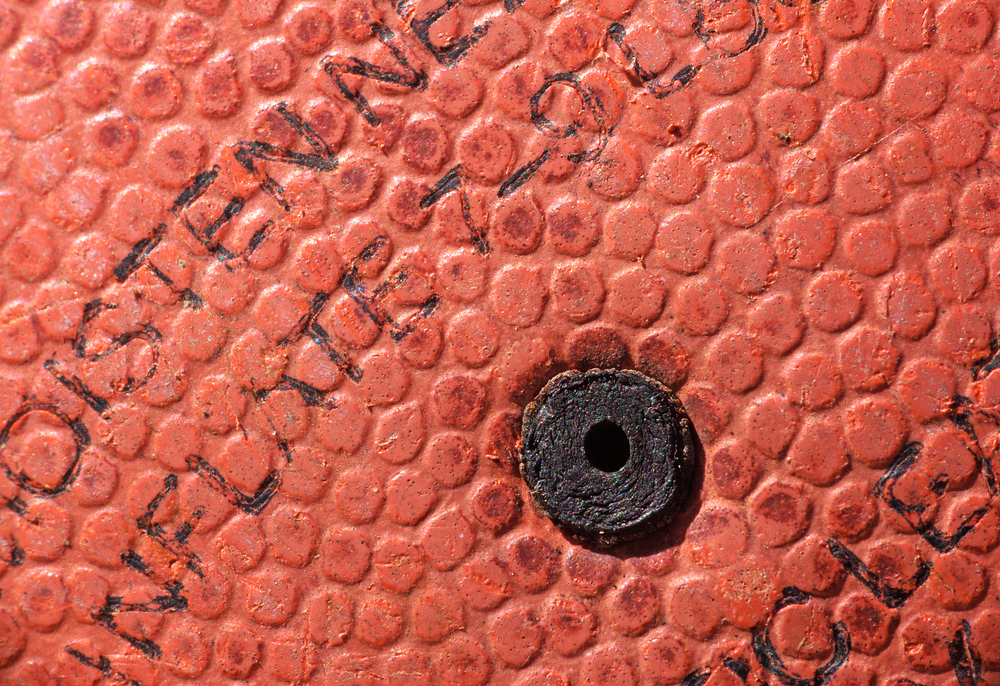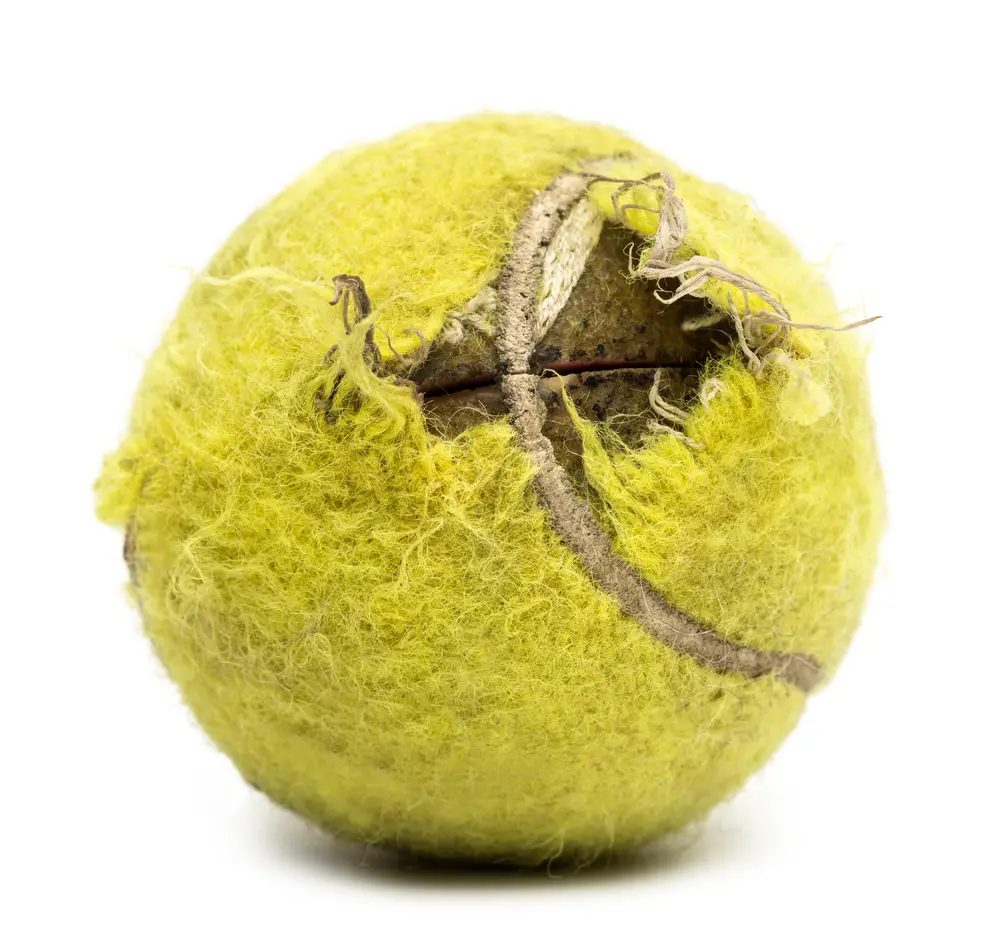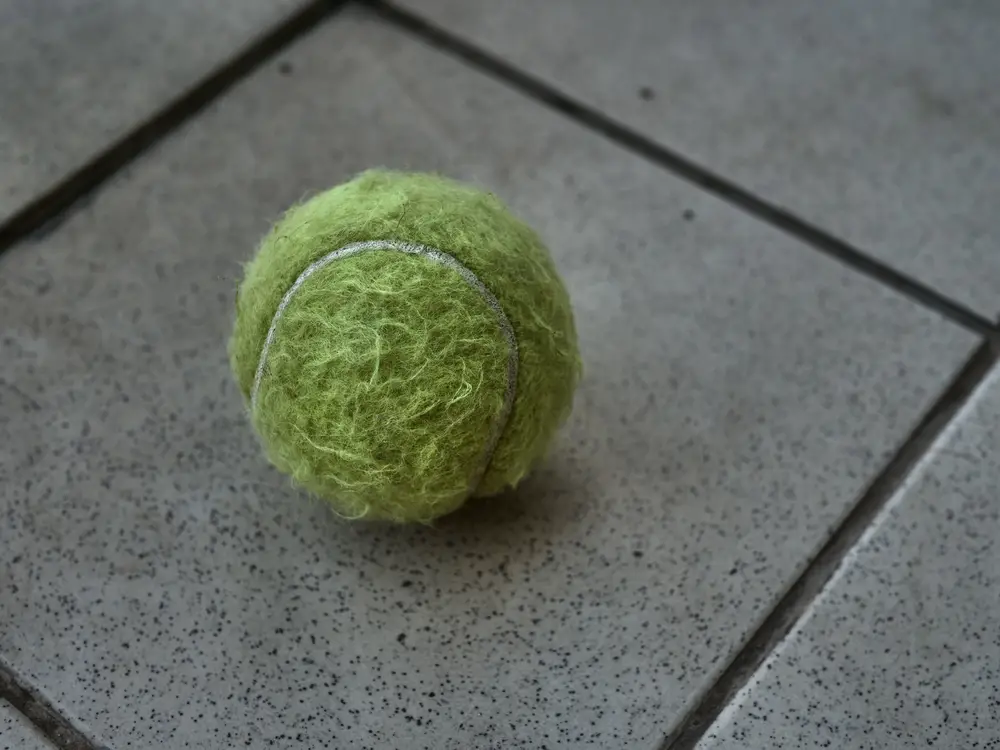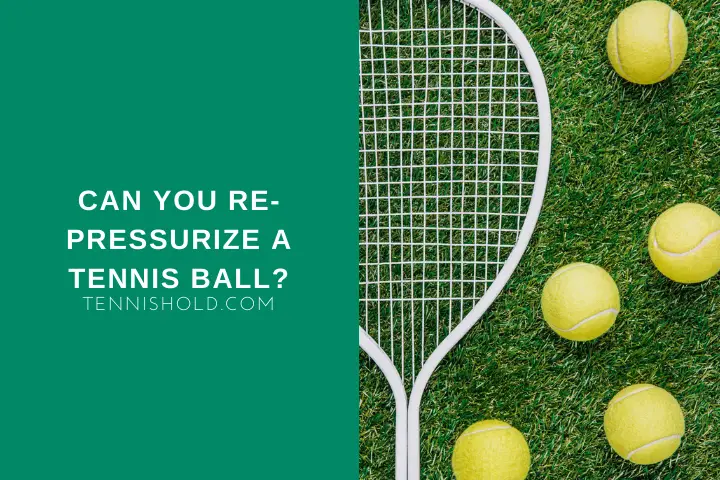I remember when I was younger and used to play football with my friends. If the ball went flat, there was a pretty simple solution.
We would use a pump and put more air in the ball. Afterward, it would bounce much better.
This sadly isn’t the case with tennis balls. But is there any way you can re-pressurize a tennis ball once it has gone flat?
It would undoubtedly make tennis balls last longer if you could re-pressurize them.
There are some products on the market designed to re-pressurize tennis balls. Even if you use a tennis ball repressurizer, it will not make the ball bounce as though it is brand new. This is because it won’t repair felt damage on the ball.
I have personally never used a tennis ball repressurizer. But I know a few people who swear by them.
In this article I will be discussing:
- Whether tennis balls have holes to pump in air
- The reasons for why revived balls will not be the same as brand new balls
- Reasons for re-pressurizing tennis balls
If you’re keen to learn how you can increase the lifespan of your tennis balls, read on!
Do Tennis Balls Have Hole To Inflare Air?

Tennis balls do not come with a hole for a ball pump. So you may think there is a business opportunity here for tennis ball manufacturers.
They could sell the first tennis balls that can be re-pressurized with a pump.
There are several reasons why tennis balls do not come with holes for inflating.
The first reason is balance. Tennis balls are much smaller than football/soccer balls. For this reason, the hole for the inflation will take up a larger proportion of the ball.
It will affect the center of balance within the ball.
On top of that, the ball will bounce differently if it touches the ground at a certain angle.
It’s hard enough dealing with tennis courts that have sections that cause the ball to bounce differently.
Imagine the inconvenience if you had to deal with the ball causing a strange bounce too.
Another reason is that it is a waste manufacturing tennis balls that have inflation holes. As tennis balls, age, lack of pressure is not the only issue.
If tennis balls have lost their fluff, it will begin to affect their flight.
This thus means that even if you have re-pressurized the balls, they are useless for matches. However, having said that, it could be an economic way to increase the life of training balls.
The fluff on the ball helps it glide when in the air. Therefore, losing the fluff will affect the aerodynamics of the ball.
Even if you can repressurize the ball with a pump, you will still have the issue of the damage to the felt.
Why Revived Balls Won’t Be The Same As New?

When assessing a tennis ball’s performance, there are more things to consider than just how much pressure it has.
Even if you have re-pressurized an old, flat tennis ball, it will not repair any damage to the felt or core.
If the ball’s core has been damaged and causes the ball to bounce funny, then re-pressurizing will not restore it.
All re-pressurizing will do is add pressure to the ball. It will not repair any damage to the ball from wear and tear.
In addition to pressurized tennis balls, you can buy pressureless balls. Pressureless balls do not lose pressure but still, go bad eventually.
They suffer the same wear and tear. This proves that even if you can increase the lifespan of a ball, it will not make it immortal.
Brand new tennis balls have never been hit before. They have come straight from the factory to the store.
If they have been sealed in a pressurized can, they will bounce exactly the same when you open them, as they would in the factory.
No matter how good a repressurizer may be, it will not be able to fully replicate the feeling or smell of new tennis balls.
When Does It Make Sense To Repressurize Old Balls?

No scientific research has been conducted measuring how much longer a tennis ball will last after re-pressurizing.
Besides, the extension of the ball’s lifespan will depend on several factors such as:
- How hard you hit the ball
- How often you play
- How much topspin you use
- How worn down the surface of the ball is
- If the balls have been stained from being left out in the mud and rain
If I re-pressurize one of my balls, it will last a lot longer than for someone like Nadal.
Nadal sometimes hits the ball at more than 4000 RPM (Revolutions per minute). So he is going to shred away the felt on the ball faster than I could.
It would be a waste of time for someone like Nadal re-pressurizing.
Even if he re-pressurized the balls, it won’t be long before the felt and core are damaged, and the ball is unplayable. But who would benefit from re-pressurizing balls?
People who are on a tight budget might find it useful. Even if the ball is a little damaged, it could still be useful for training.
Adding the extra pressure might give it a new lease of life while saving you some cash.
I was recently reading an article on another tennis blog. The blog was following on from another piece on making tennis more sustainable.
A reader commented on how useful he had found a product claiming that it dramatically increased the lifespan of his tennis balls.
The product was the Gamma Tennis Ball Pressurizer (Amazon). The pressurizer works by holding the balls inside at under 14psi.
Psi stands for pounds per square inch and is used to measure the level of pressure inside a tennis ball.
What is particularly good about the Gamma pressurizer is its size. It is less than 9 inches tall and thus easy to carry with you.
You can use your tennis balls, and then once you’re finished playing, put them inside the pressurizer. You can then easily store the pressurizer in your bag.
A brand new tennis ball will usually have a pressure of 12-14psi. So, this figure of 14 is a pretty good target for simulating the new ball effect.
Nonetheless, as good as the Gamma pressurizer may be, it will still do nothing to repair damage to the core/felt of the ball.
Related: What Do Tennis Balls Numbers Mean?
Final Words
For me personally, the time it takes to re-pressurize a load of balls is not worth it. I would rather just wait until they go dead, chuck them, and then buy a new set.
When someone invents a represurizer that can also repair felt damage, then I might be interested.
Others believe that they have saved hundreds if not thousands of dollars on new balls.
Have you tried one of these repressurizers before? What’s your opinion? Perhaps you’ve tried other ways to improve the longevity of tennis balls.

